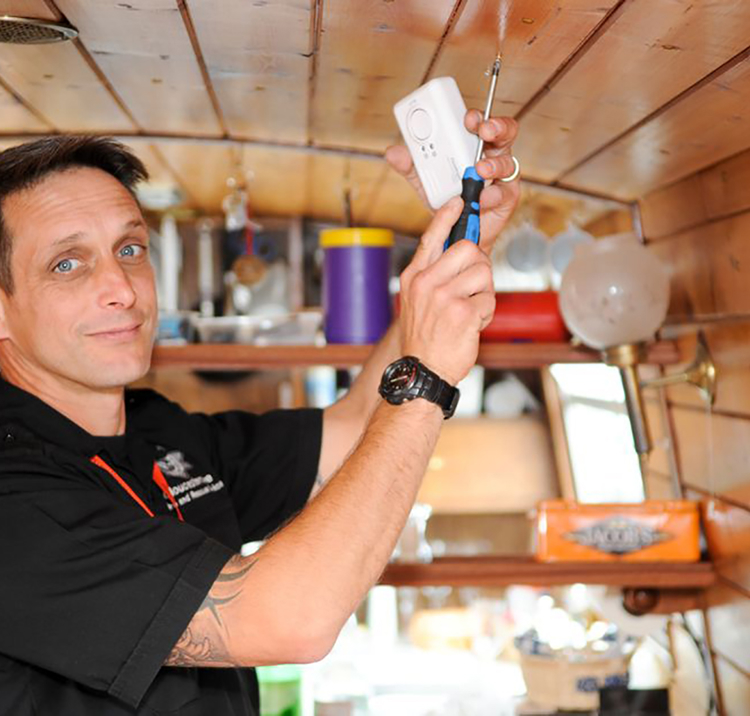Carbon monoxide safety
Stay informed about carbon monoxide safety. Discover vital precautions and maintenance practices to protect yourself and others from this invisible danger.
Explore our safety hub
For more information about staying safe on the water visit the RYA Safety hub.



